DÜSSELDORF, GERMANY – Following four highly impactful days, Tarasafe International Pvt Ltd concluded its participation in AplusA 2025, marking its most successful exhibition in its long history with the esteemed event. The fair served as the ceremonial launchpad for a comprehensively reimagined brand identity and a revolutionary suite of flame-resistant (FR) protective solutions. The Evolution …
Read More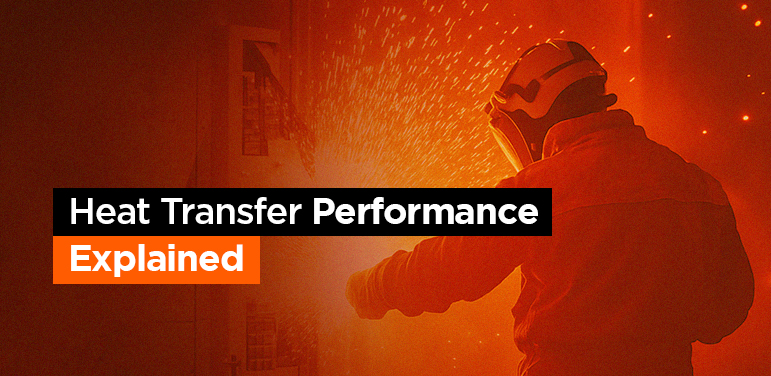
Heat Transfer Performance (HTP) Explained
NFPA 2112, the Standard on Flame-Resistant Clothing for Protection of Industrial Personnel against Short-Duration Thermal Exposures from Fire, outlines minimum performance requirements for garments designed to protect workers from flash fire hazards. One of the critical parameters in this standard is Heat Transfer Performance (HTP). HTP measures the ability of flame-resistant fabrics to resist heat …
Read More
Championing Women’s Safety- Redefining Industry Standards
As we move through 2025, the drive for meaningful change across workplaces continues to accelerate. While industries evolve rapidly, there remains a pressing need to ensure that women have the resources, support, and inclusive environments necessary to succeed for leading the phase “Championing Women’s Safety”. Now more than ever, attention is turning to the tools …
Read More
Conductive Clothing: A New Frontier in Electrical Safety
What is Conductive Clothing? Conductive clothing refers to garments that incorporate conductive materials – such as metallic fibers, conductive polymers, or carbon-based yarns – into textile structures. These garments are specifically engineered to control or redirect electrical currents in hazardous environments. Conductive clothing is made of natural or synthetic material with woven or knitted fabric …
Read More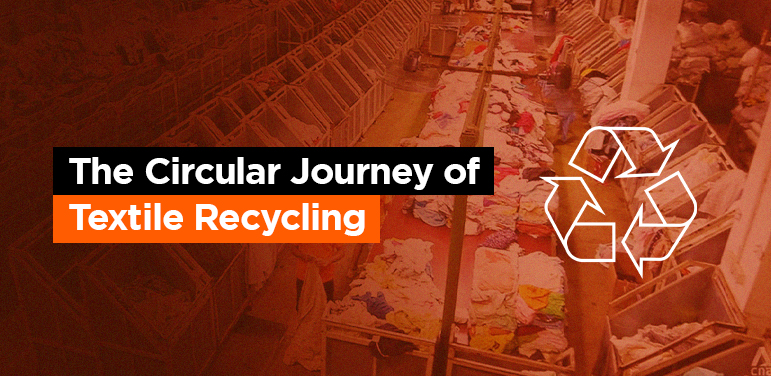
The Circular Journey of Textile Recycling
Why Recycle Textiles? The textile industry is a major contributor to global environmental pollution, affecting land, air, and marine ecosystems. The processes involved in apparel manufacturing chain significantly impact greenhouse gas (GHG) emissions in addition to water resources depletion. Of the 37.4 billion MT global CO2 emissions in 2023, roughly 1.2 billion MT were attributed …
Read More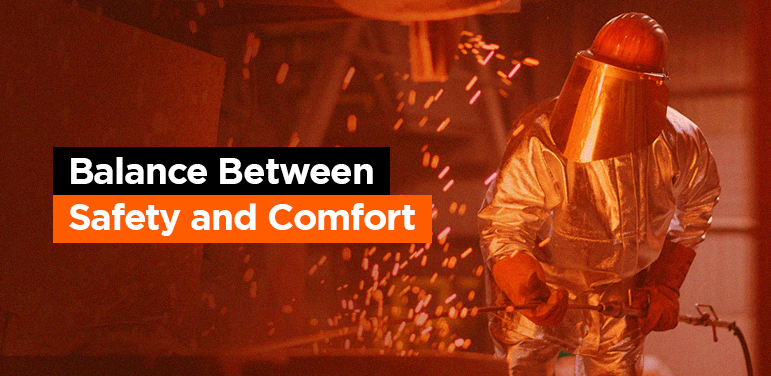
Boosting Comfort & Thermal Protection with Layered Fabric Technology
When it comes to protective clothing for high-risk industries, such as firefighting or electrical work, the balance between safety and comfort is crucial. Protection and comfort are, however, contradictory properties especially in the case of heat and flame protective clothing. There is a need to strike a balance between the garment’s heat and flame resistance …
Read More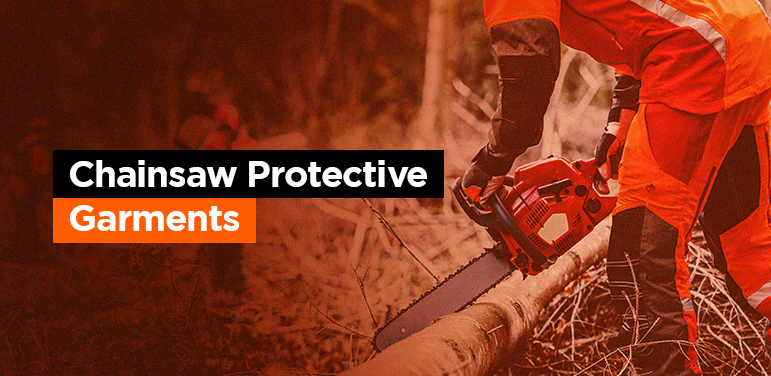
Chainsaw Protective Garments: Essential Safety Gear for Arborists and Forestry Workers
Chainsaw garments refer to protective clothing designed to safeguard workers from chainsaw-related injuries. The primary purpose of these garments is to protect the wearer against the cutting effect of a hand-held chainsaw. Clogging is the primary principle which leads to prevention of injury to a user from a hand-held chainsaw primarily constructed for cutting wood. …
Read More
Aerogels in Textiles: The Secret to Ultra-Light, High-Performance Fabrics
Background Aerogels, discovered in the late 1930s by chemist Samuel S. Kistler, are fascinating materials known for their light, airy, and translucent appearance and are considered one of the finest insulation materials available today. Aerogels have pores in the range of less than 100 nm in diameter. This morphology results in an ultra-low-density (about 0.0011 …
Read More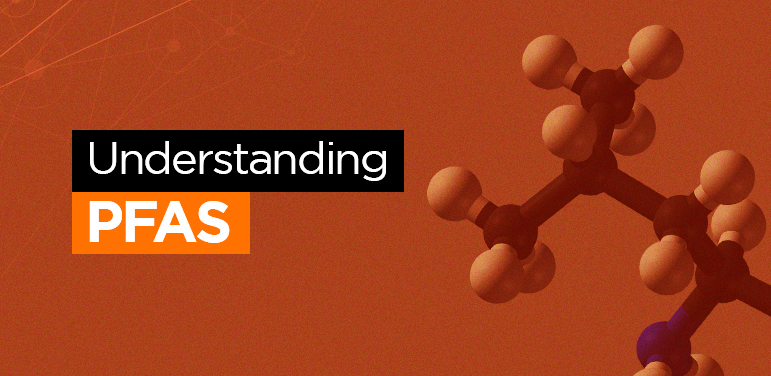
PFAS – What It Means, Safety Concerns, Regulations & PFAS-free Alternatives
What Are PFAS? PFAS stands for Per- and Poly- Fluorinated Alkyl Substances. PFAS are a large group of complex synthetic chemicals that have been used in the industry and consumer products around the world since the 1950s. They are used to give water, oil, and dirt repellent effect in various everyday products such as non-stick …
Read More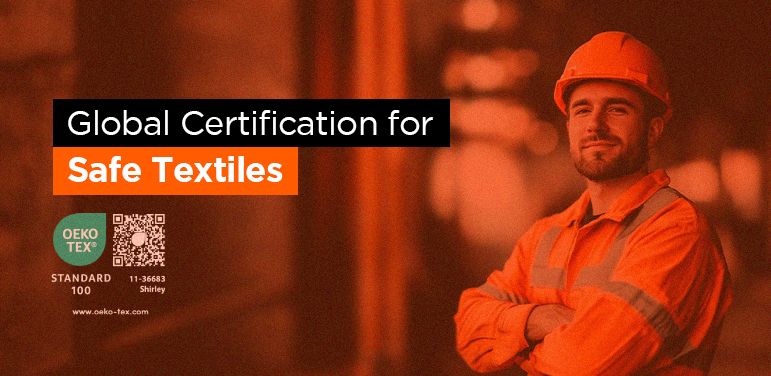
OEKO-TEX® Standard 100: A Global Certification for Safe Textiles
As awareness grows about the impact of chemicals and hazardous substances on human health and the environment, consumers are increasingly seeking assurances about the safety and sustainability of the products they buy. The OEKO – TEX® STANDARD 100 certification assures that textiles are free from harmful chemicals, including potentially toxic flame retardants, which could pose …
Read More
